National Museum of Natural Sciences
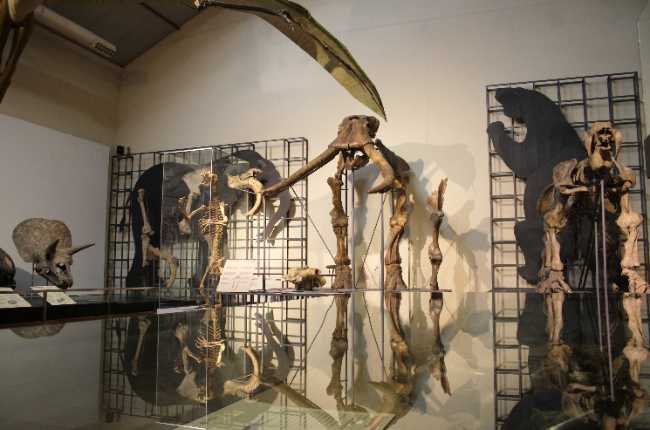
The National Museum of Natural Sciences (Museo Nacional de Ciencias Naturales) in Madrid is one of Spain’s oldest and most prestigious scientific institutions, founded in 1771 by King Carlos III as the Royal Cabinet of Natural History. Located in the historic Palace of the Arts and Industry, the museum houses over 11 million specimens, making it a key reference centre for biodiversity and environmental research. Its permanent exhibitions include striking displays on paleontology, mineralogy, and human evolution, featuring highlights such as a Diplodocus replica and the open-air Stone Garden. The museum also explores Mediterranean ecosystems and the legacy of Santiago Ramón y Cajal, the father of neuroscience. As part of the Spanish National Research Council (CSIC), it plays a vital role in scientific outreach and education, offering accessible programs for diverse audiences. With its blend of historic collections and cutting-edge research, the museum invites visitors to discover the wonders of the natural world in an engaging and inclusive setting.
Madrid SpainThe National Museum of Natural Sciences (Museo Nacional de Ciencias Naturales) is located at Calle de José Gutiérrez Abascal 2, 28006 Madrid, Spain. This natural history museum, founded in 1771, is managed by the Spanish National Research Council (CSIC) and is situated near the Paseo de la Castellana, one of Madrid's main thoroughfares. The museum hosts extensive collections of fossils, minerals, animal specimens, and offers exhibitions on biodiversity, paleobiology, geology, and human evolution, making it a significant educational and scientific institution in Madrid. Nearby, visitors can explore a bustling urban area with excellent public transport connections including several nearby metro stations such as Gregorio Marañón (Line 7) and Nuevos Ministerios (Lines 6, 8, 10). The area is well-served with cafés, restaurants, and shops, making it convenient for visitors. While not directly next to tourist icons like the Prado Museum, its location by the major business and residential district along Paseo de la Castellana provides a blend of cultural vitality and urban life. The museum is accessible by multiple bus lines and trains, making it an ideal destination for those interested in natural sciences amid Madrid’s dynamic city environment.
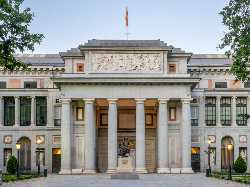 Museo Nacional del Prado
Madrid
Museo Nacional del Prado
Madrid
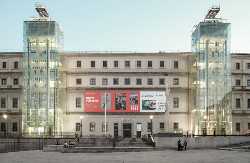 Museo Nacional Centro de Arte Reina Sofía
Madrid
Museo Nacional Centro de Arte Reina Sofía
Madrid
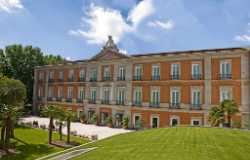 Thyssen-Bornemisza National Museum
Madrid
Thyssen-Bornemisza National Museum
Madrid
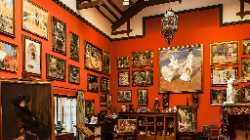 Sorolla Museum
Madrid
Sorolla Museum
Madrid
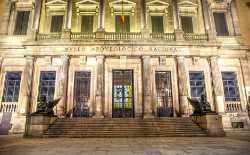 Museo Arqueológico Nacional
Madrid
Museo Arqueológico Nacional
Madrid
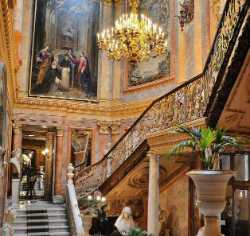 Museo Cerralbo
Madrid
Museo Cerralbo
Madrid
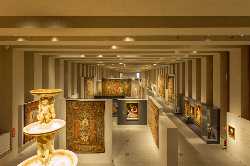 Galería de las Colecciones Reales
Madrid
Galería de las Colecciones Reales
Madrid
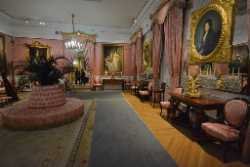 Museo del Romanticismo
Madrid
Museo del Romanticismo
Madrid
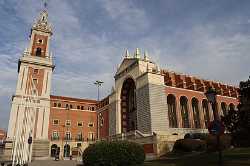 Museo de América
Madrid
Museo de América
Madrid
 History Museum of Madrid
Madrid
History Museum of Madrid
Madrid
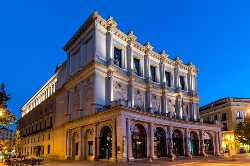 Teatro Real
Madrid
Teatro Real
Madrid
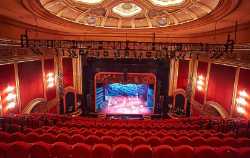 Teatro Lope de Vega
Madrid
Teatro Lope de Vega
Madrid
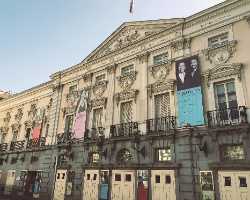 Teatro Español
Madrid
Teatro Español
Madrid
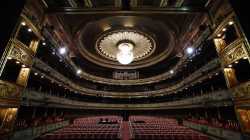 Teatro de la Zarzuela
Madrid
Teatro de la Zarzuela
Madrid
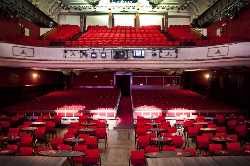 Teatro EDP Gran Vía
Madrid
Teatro EDP Gran Vía
Madrid
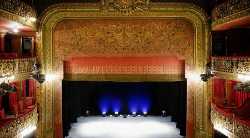 Teatro Lara
Madrid
Teatro Lara
Madrid
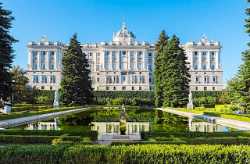 Royal Palace of Madrid
Madrid
Royal Palace of Madrid
Madrid
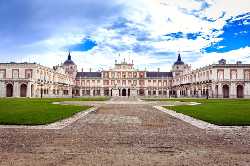 Royal Palace of Aranjuez
Madrid
Royal Palace of Aranjuez
Madrid
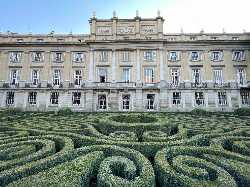 Liria Palace
Madrid
Liria Palace
Madrid
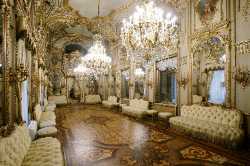 Palacio de Fernán Núñez
Madrid
Palacio de Fernán Núñez
Madrid
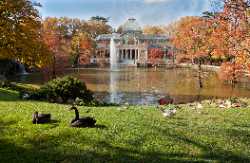 El Retiro Park
Madrid
El Retiro Park
Madrid
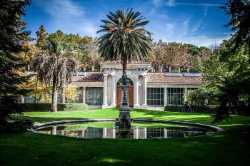 Real Jardín Botánico
Madrid
Real Jardín Botánico
Madrid
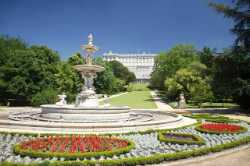 Campo del Moro Park
Madrid
Campo del Moro Park
Madrid
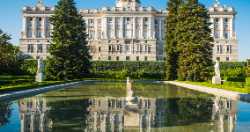 Jardines de Sabatini
Madrid
Jardines de Sabatini
Madrid
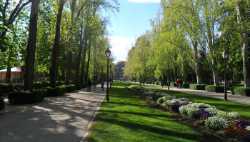 Casa de Campo Park
Madrid
Casa de Campo Park
Madrid
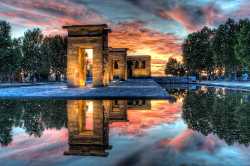 Temple of Debod Gardens
Madrid
Temple of Debod Gardens
Madrid
 Quinta de los Molinos
Madrid
Quinta de los Molinos
Madrid
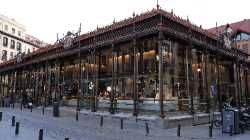 Mercado de San Miguel
Madrid
Mercado de San Miguel
Madrid
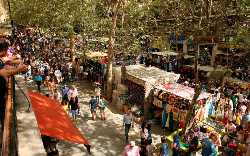 El Rastro
Madrid
El Rastro
Madrid
 Mercado de San Antón
Madrid
Mercado de San Antón
Madrid
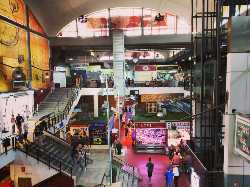 Mercado de la Cebada
Madrid
Mercado de la Cebada
Madrid
 Mercado de Maravillas
Madrid
Mercado de Maravillas
Madrid
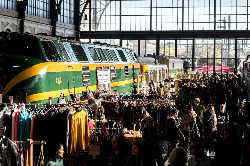 Mercado de Motores
Madrid
Mercado de Motores
Madrid
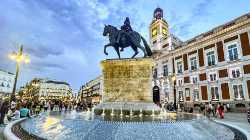 Puerta del Sol
Madrid
Puerta del Sol
Madrid
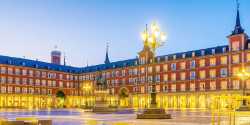 Plaza Mayor
Madrid
Plaza Mayor
Madrid
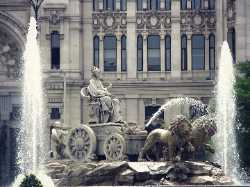 Plaza de Cibeles
Madrid
Plaza de Cibeles
Madrid
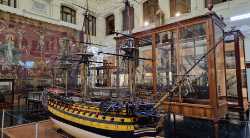 Naval Museum
Madrid
Naval Museum
Madrid
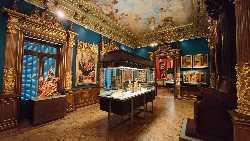 Lázaro Galdiano Museum
Madrid
Lázaro Galdiano Museum
Madrid
 CaixaForum Madrid
Madrid
CaixaForum Madrid
Madrid
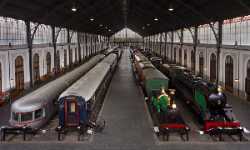 Museo del Ferrocarril
Madrid
Museo del Ferrocarril
Madrid
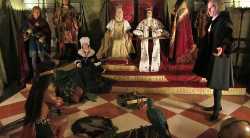 Wax Museum of Madrid
Madrid
Wax Museum of Madrid
Madrid
 Puerta de Alcalá
Madrid
Puerta de Alcalá
Madrid
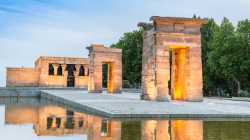 Temple of Debod
Madrid
Temple of Debod
Madrid
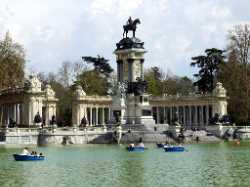 Monumento a Alfonso XII
Madrid
Monumento a Alfonso XII
Madrid
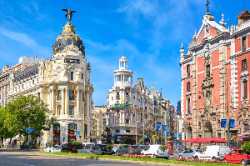 Gran Vía
Madrid
Gran Vía
Madrid
 Santiago Bernabéu Stadium
Madrid
Santiago Bernabéu Stadium
Madrid
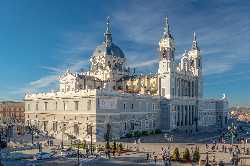 Almudena Cathedral
Madrid
Almudena Cathedral
Madrid
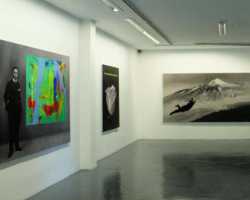 Galería Álvaro Alcázar
Madrid
Galería Álvaro Alcázar
Madrid
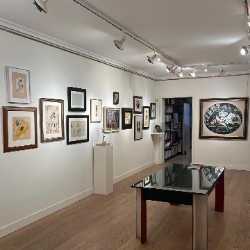 Guillermo De Osma
Madrid
Guillermo De Osma
Madrid
 Galeria Casado Santapau
Madrid
Galeria Casado Santapau
Madrid
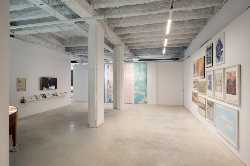 Nogueras Blanchard
Madrid
Nogueras Blanchard
Madrid
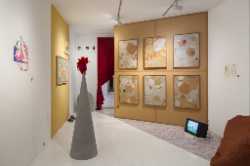 Travesía Cuatro
Madrid
Travesía Cuatro
Madrid
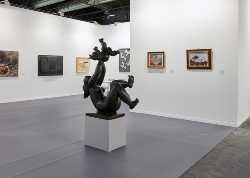 Leandro Navarro Gallery
Madrid
Leandro Navarro Gallery
Madrid
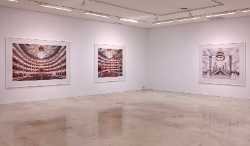 Helga de Alvear Gallery
Madrid
Helga de Alvear Gallery
Madrid
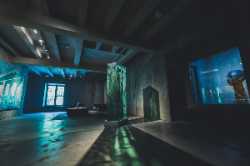 Espacio SOLO
Madrid
Espacio SOLO
Madrid
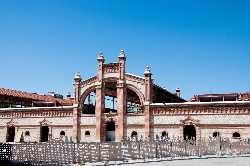 Matadero Madrid
Madrid
Matadero Madrid
Madrid
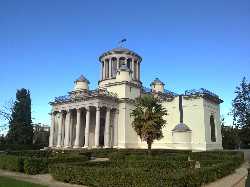 Real Observatory of Madrid
Madrid
Real Observatory of Madrid
Madrid
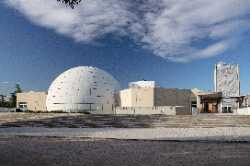 Planetario de Madrid
Madrid
Planetario de Madrid
Madrid
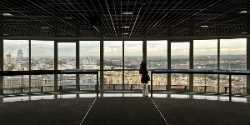 Faro de Moncloa Observation Tower
Madrid
Faro de Moncloa Observation Tower
Madrid